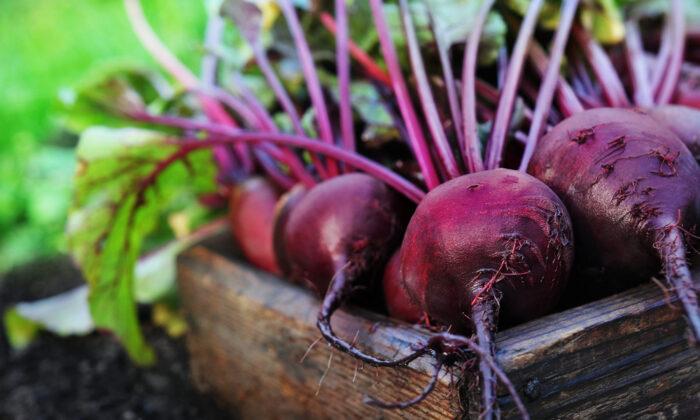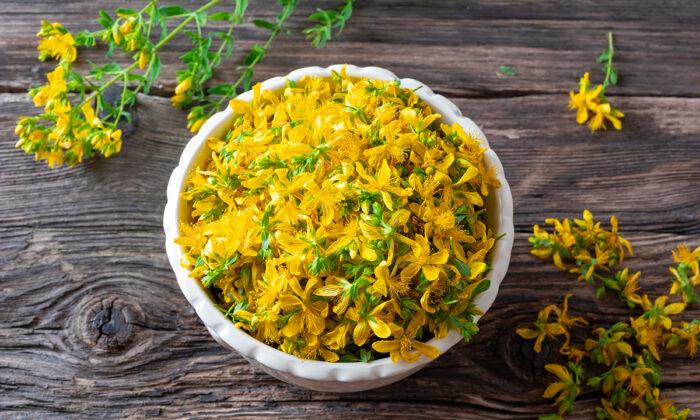Mullein is often viewed as a weed, an unwanted guest. Mullein’s intimidating size (it can grow to be 11 feet tall in its second year) makes it misunderstood. It is easiest to identify it in the late summer and fall when the tall flowering stalks are visible.
The Mullein Plant
Over hundreds of years, herbalists have seen the healing effects of common mullein on many diseases including allergies, asthma, boils, bronchitis, croup, emphysema, swollen glands, insomnia, swollen joints, lung disorders, nervousness, pain (roots), pleurisy, pulmonary disease, sinus, sore throat, tonsillitis, and tuberculosis.In North America, the most common species of mullein is Verbascum thapsus. Other species, such as V. virgatum, V. densiflorum, and V. olympicum, are used for similar applications as V. thapsus. These species have denser flower stalks than V. thapsus, making flower harvesting easier, and are often carried by seed suppliers who specialize in medicinal seeds.
A biennial plant, mullein completes its life cycle in two years. A sizeable basal rosette is formed of silvery green and hairy leaves in the first year. During late summer and fall, leaves can become upright and grow to be a foot long. The second year is when the flower stalk is formed. The growth of alternate leaves at the stalk’s base leads to smaller leaves as the stalk grows. Yellow flowers eventually bud, as well. The stalk alone is likely to reach a height of at least 6.5 feet.
Mullein Leaf for the Lungs
While people were already suffering from COVID lung, smoke from West Coast wildfires made matters worse. My patients began texting me asking how to protect their lungs.Mullein was my herb of choice for this problem.
The medicinal use of mullein leaf for soothing the respiratory system and relieving coughs dates back centuries. As a mild relaxant and demulcent, it helps ease congestion in the lungs. Smoke exposure causes inflammation and dryness. When mixed with the leaf, mullein flowers can also provide benefits in dry, irritating conditions such as this.
Mullein and COVID Lung
COVID-19 is accompanied by a dry cough that can be felt in the chest. Breathlessness is often accompanied by tightness. My patients with COVID lung have told me they could not breathe and had to gasp for air, and that it was very frightening for them.Elsie Bjorndahl caught COVID-19 in the fall of 2021. A few weeks after her onset of COVID, she felt much better and thought she had completely recovered. But unfortunately for Elsie, her lungs became congested again within a week. That was when she made a call to me to ask what she could do about both her congestion and lingering cough. She also told me that she had breathing issues, particularly when she tried to sleep. Her chest tightened to the point where she could barely breathe. She felt as if there was a weight pressing down on her chest suffocating her. Her only chance of getting any sleep was to sleep upright in her recliner. I prescribed her mullein tincture. Within a week after taking mullein, she felt better; after a few weeks, her lungs were healthy again.
Mullein Leaf for Stopping Smoking
Herbalists often use mullein leaf to assist smokers in quitting. To further support lung health, the tea or tincture can be taken internally while simultaneously using the leaf as a smoking herb to assist with cravings. There have not been any studies on this use, but for hundreds of years, herbalists have had smokers smoke small amounts of mullein leaves to wean them from their addiction, and it works.Topically Applied Mullein Leaf Has Several Benefits
Mullein leaves are large and have hairs that feel like dense, thick wool. These complex webs of fibers protect mullein from the sun. In addition, these fibers can be irritating to human skin, which can be unpleasant, but also beneficial if you need to improve circulation. You may want to wear gloves when processing mullein leaves.Mullein is a rubefacient substance that irritates the skin, making it red and increasing blood circulation. Rubefacient has a wide variety of therapeutic applications. As an example, mullein leaves can be used on the chest to help move stagnant mucus, allowing it to be expelled efficiently.
Mullein leaf can also be used to address lymphatic stagnation. It is recommended internally, as a tea or tincture, as well as topically over the affected area.
Mullein for Joint Pain and Rheumatism
Mullein leaf’s external application on painful and rheumatic joints has been documented throughout history.More recently, mullein root has gained popularity as a treatment for back pain.
Mullein Root for the Bladder
According to “Today’s Herbal Health: The Essential Reference Guide” by master herbalist Louise Tenny, mullein root is also used to treat urinary incontinence issues, including stress incontinence, pregnancy incontinence, menopausal incontinence, and childhood incontinence. Additionally, it can be used to treat interstitial cystitis and benign prostatic hyperplasia (BPH).Benefits of Mullein Flowers
Mullein flowers are best known as an earache remedy.Medicinal oils infused with mullein flowers are available in health food stores and apothecaries.
While it can be used as a simple, it is often combined with garlic and/or St. John’s Wort in an infused oil. Infused mullein flower oil relieves earache pain while also acting as a lymphatic agent to help resolve infection around the ear.
Does Mullein Flower Have Antiviral Properties?
In vitro research suggests mullein has some antiviral properties against HSV-1 and influenza. Mullein flower tea inhibits herpes simplex virus (HSV-1), particularly in women and children who suffer frequent mouth outbreaks due to sunlight, food allergies, or estrogen surges before ovulation.How to Choose Good Mullein Leaf
Mullein leaf is a highly nutrient-dense plant. In addition to helping with different diseases, mullein also has levels of calcium and magnesium that can be beneficial.Mullein’s deep roots draw minerals into its leaves, but the plant can also absorb heavy metals. Depending on soil contamination, this could pose a health threat to humans. This is why I do not recommend harvesting any wild mullein by busy roadsides, railroad tracks, or near industrial areas. Mullein is cleaning up the soil in these areas, but it would be unwise to use these plants medicinally.
Tips for Harvesting Mullein
Making herbal preparations begins with harvesting the desired part at the right time. The leaves and roots of the mullein plant can be harvested at the end of the first and beginning of the second year, but the flowers can only be harvested in the second year because mullein is a biennial plant.Often, you will find many mullein plants in one location. The plant is not an endangered species, nor is it likely to adversely affect a population.



